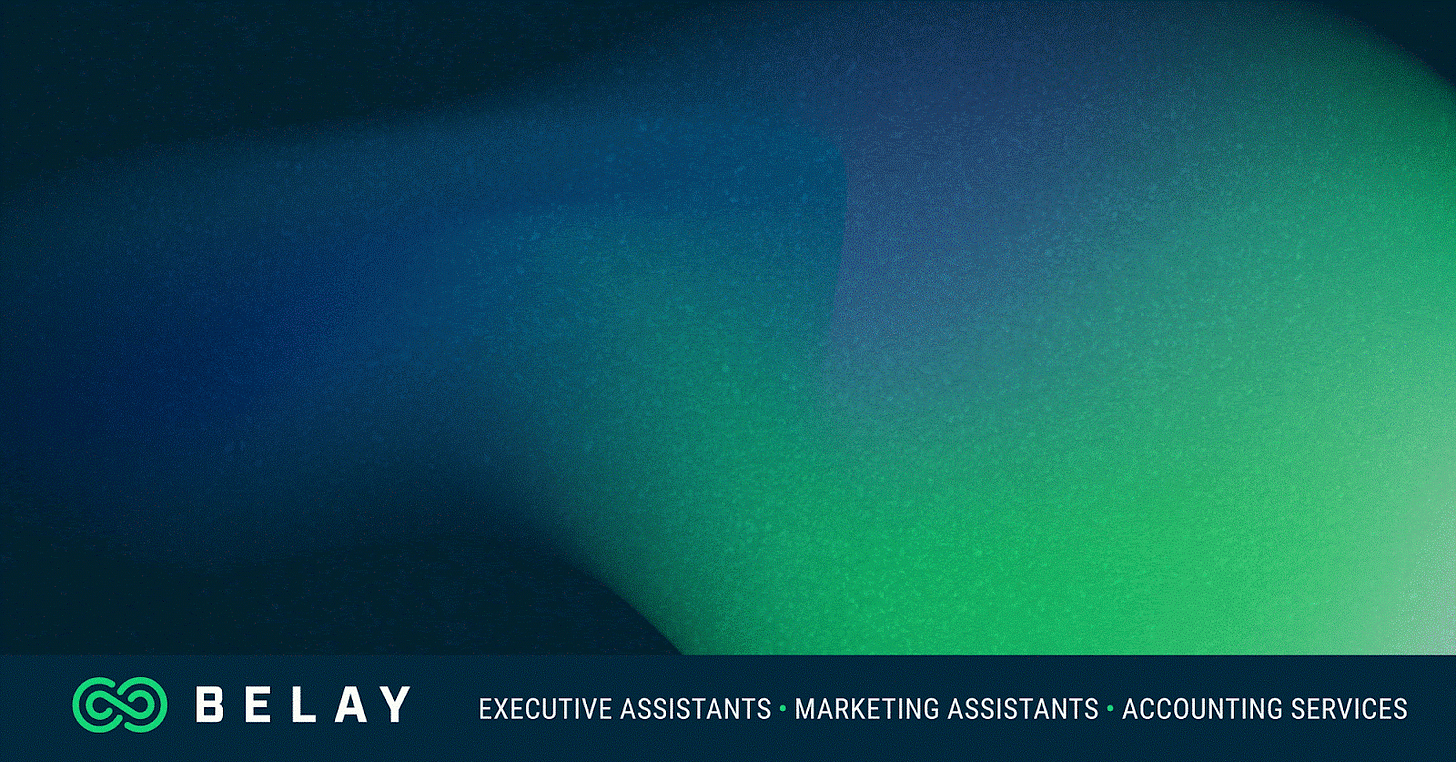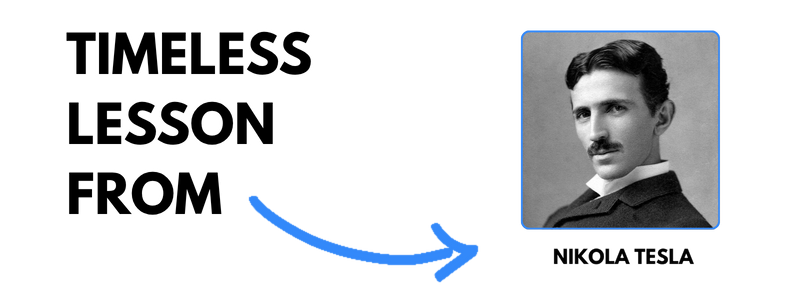Nikola Tesla: The Forgotten Genius
From childhood, he displayed an extraordinary memory and imagination, claiming to visualize inventions in complete detail before ever building them.
Nikola Tesla was born on 10 July 1856 in Smiljan, in what is now Croatia. From childhood, he displayed an extraordinary memory and imagination, claiming to visualize inventions in complete detail before ever building them. Restless, brilliant, and eccentric, Tesla would go on to shape the modern world — but die in obscurity.
Before we continue, a quick word from today’s sponsor:
Cut Costs. Not Corners.
Economic pressure is rising, and doing more with less has become the new reality. But surviving a downturn isn’t about stretching yourself thinner; it’s about protecting what matters most.
BELAY matches leaders with fractional, cost-effective support — exceptional Executive Assistants, Accounting Professionals, and Marketing Assistants — tailored to your unique needs. When you’re buried in low-level tasks, you lose the focus, energy, and strategy it takes to lead through challenging times.
BELAY helps you stay ready for whatever comes next.
Tesla studied engineering in Austria and worked in telephony before moving to Paris to join the Continental Edison Company. In 1884, he emigrated to the United States with little more than a letter of introduction to Thomas Edison.
At first, he worked briefly for Edison but soon clashed with him over approaches to electricity. Edison backed direct current (DC), while Tesla championed alternating current (AC) as more efficient for long-distance transmission. With the support of industrialist George Westinghouse, Tesla’s AC system triumphed, powering cities and ultimately winning the “War of Currents.”
Tesla’s inventions went far beyond AC power. He developed the induction motor, radio prototypes, wireless transmission experiments, and early concepts for radar and X-rays. At the 1893 World’s Fair in Chicago, his lighting systems amazed the public, and at Niagara Falls, his AC generators powered the first large-scale hydroelectric plant.
Yet Tesla’s brilliance was often undermined by poor business judgment. He gave away patents, overpromised on experiments, and struggled to secure stable funding. Meanwhile, rivals like Edison and Marconi built lasting fortunes.
Tesla spent his later years living in New York hotels, feeding pigeons and tinkering with new ideas. When he died in 1943, he was nearly penniless, though his work would later earn him recognition as one of the greatest inventors in history.
Brilliance Needs Structure
Tesla’s imagination reshaped technology, but his lack of commercial discipline left him overshadowed. His ideas powered the world, yet he died without fortune or security.
His life illustrates a hard truth: vision alone isn’t enough. Innovation changes lives only when paired with execution, strategy, and support. Tesla lit the path for the future but never built the bridge for himself.
Protect your genius with structure. Inspiration creates sparks, but systems carry the current.
Until next time,
The Chronicler





